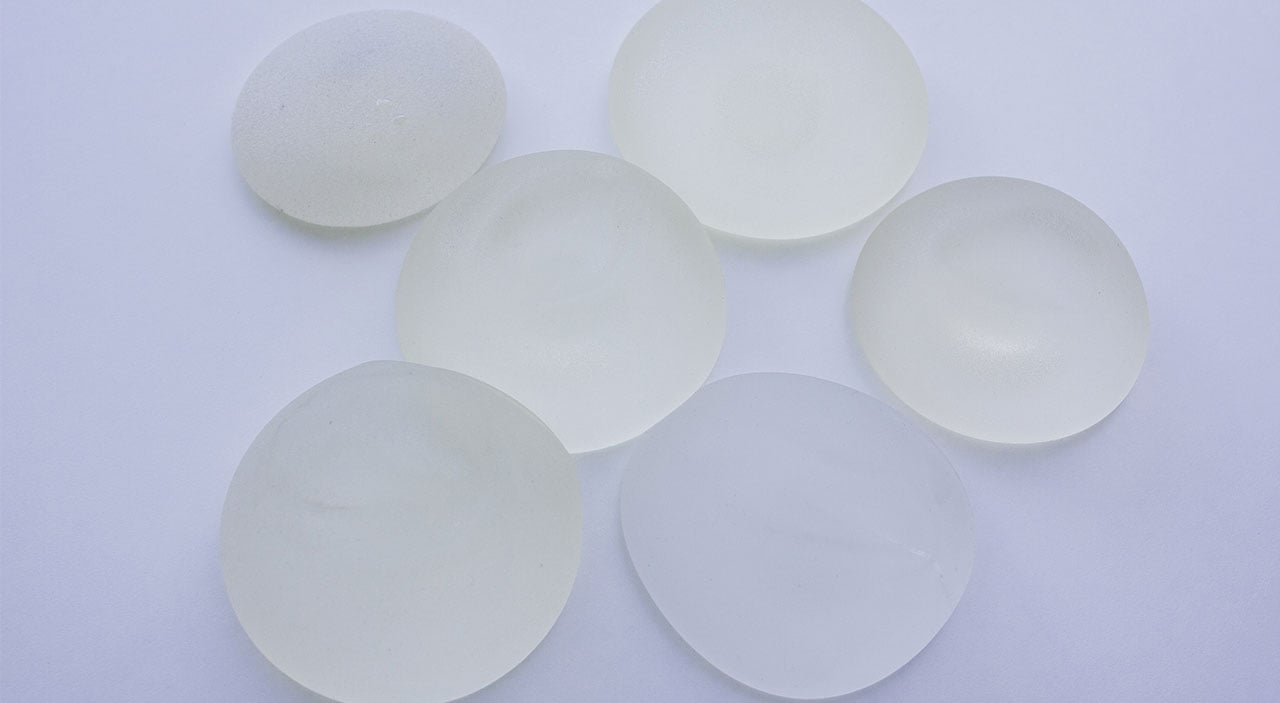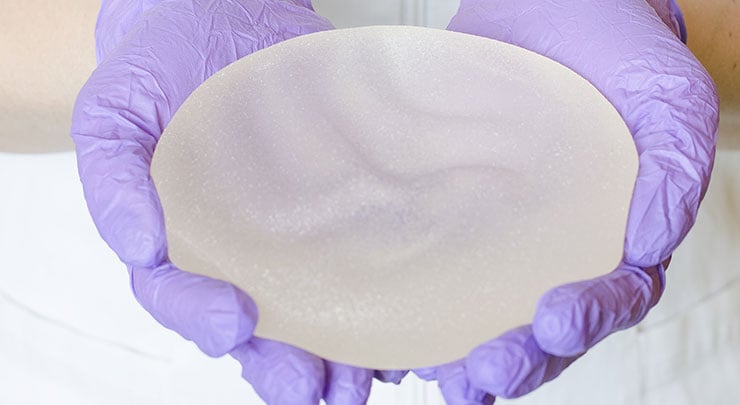
So many of our dreams at first seem impossible, then they seem improbable, and then, when we summon the will, they soon become inevitable.
- Christopher Reeve

So many of our dreams at first seem impossible, then they seem improbable, and then, when we summon the will, they soon become inevitable.
- Christopher Reeve
We discuss the differences between saline and silicone breast implants. Several areas are compared, including the materials used, look and feel, associated scarring, ruptures, and costs.
n 2001, the American Society of Plastic Surgeons reported that 212,500 breast augmentations were performed in North America alone. In the 16 years since, the popularity has only grown, and new progress in breast implant technology has lead to improved durability and even more attention. With both saline and silicone implants available, you must decide which is best for you based on your own goals and preferences.
All breast implants have a solid silicone shell, but they are named according to what fills them. In other words, saline implants are filled with saline (sterile saltwater), while silicone implants are filled with silicone gel. With saline implants, the empty shell will be inserted first, moved into position, and then filled. Saline is sterile and harmless to the body, so in the case of a rupture your body simply absorbs the liquid with no ill effects.

Silicone implants on the other hand, are filled with a thick gel, the consistency of which has often been compared to gummy bear candy. This gooey texture helps keep the material together in the event of a rupture, which may not be detected as quickly as with saline implants.
Thanks to the shape of modern implants, both saline and silicone are realistic breast implants. They'll give you a pleasing look, however silicone provides a much more natural feel. This is thanks to the thick, cohesive gel that more accurately mimics the weight and bounce of natural breasts. As for saline implants, a large percentage of women who receive them compare their feel to water balloons.
If you have thin skin or are generally petite with little skin available to cover implants, silicone is much less likely to cause visible rippling or wrinkling than saline. These are usually seen on the underside and bottom of the breast. Conversely, in women with thick enough skin and ample breast tissue, the rippling effect of saline is mitigated, making it an excellent option.
In the end, how natural your implants look and feel will be a result of the talent of your surgeon, proper surgical planning, and correct implant selection. I have been able to achieve beautiful results with both saline and silicone implants.
global$galleries_array;Scarring is an ever present concern with cosmetic surgery, especially when it comes to surgery as invasive as breast augmentation. Depending on the size of your breast implants and your anatomy, the incisions for your implants may be made in one of four locations:
Saline or silicone, you have the freedom to choose.
– Dr. Leila Kasrai
Regrettably, while safe, neither saline nor silicone implants are designed to last a lifetime. It is certainly possible that you will require revision surgery at some point in the future. However, it is also possible that you will never need to replace your implants.
If your saline implant were to rupture, you'd be able to tell within a matter of hours or days. As the saline solution leaks out of its silicone shell your body will harmlessly absorb it. Deflation will be fairly obvious as the affected breast will shrink. The saline poses absolutely no risk to your health, but surgery will be necessary to remove and replace the implant shell.
If your silicone implant were to rupture, however, you may not notice symptoms for months or years, or perhaps not at all. Because of the thick consistency of the silicone gel, it usually remains trapped by the scar tissue that naturally forms around the implant after surgery. A ruptured silicone implant may eventually cause you some breast pain or discomfort, or cause changes in the shape of the affected breast. However, leaking silicone has never been linked to an increased risk of any long-term illnesses or health problems. Again, surgery will be required to replace the ruptured implant.
The final consideration when deciding on saline or silicone implants is the cost associated with each. When it comes to cost, the bottom line is that saline implants are generally less expensive, both in initial costs and over the long term. Breast implant manufacturers charge around $1,000 more for silicone implants than they do for saline. Additionally, it is recommended that women with silicone implants have an MRI three years after their initial surgery, and every two years after that. This is the only way to detect ruptures in the implant, and is often not covered by health insurance policies.